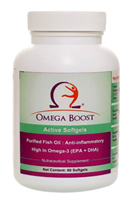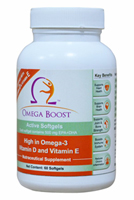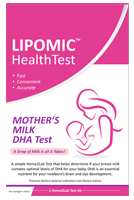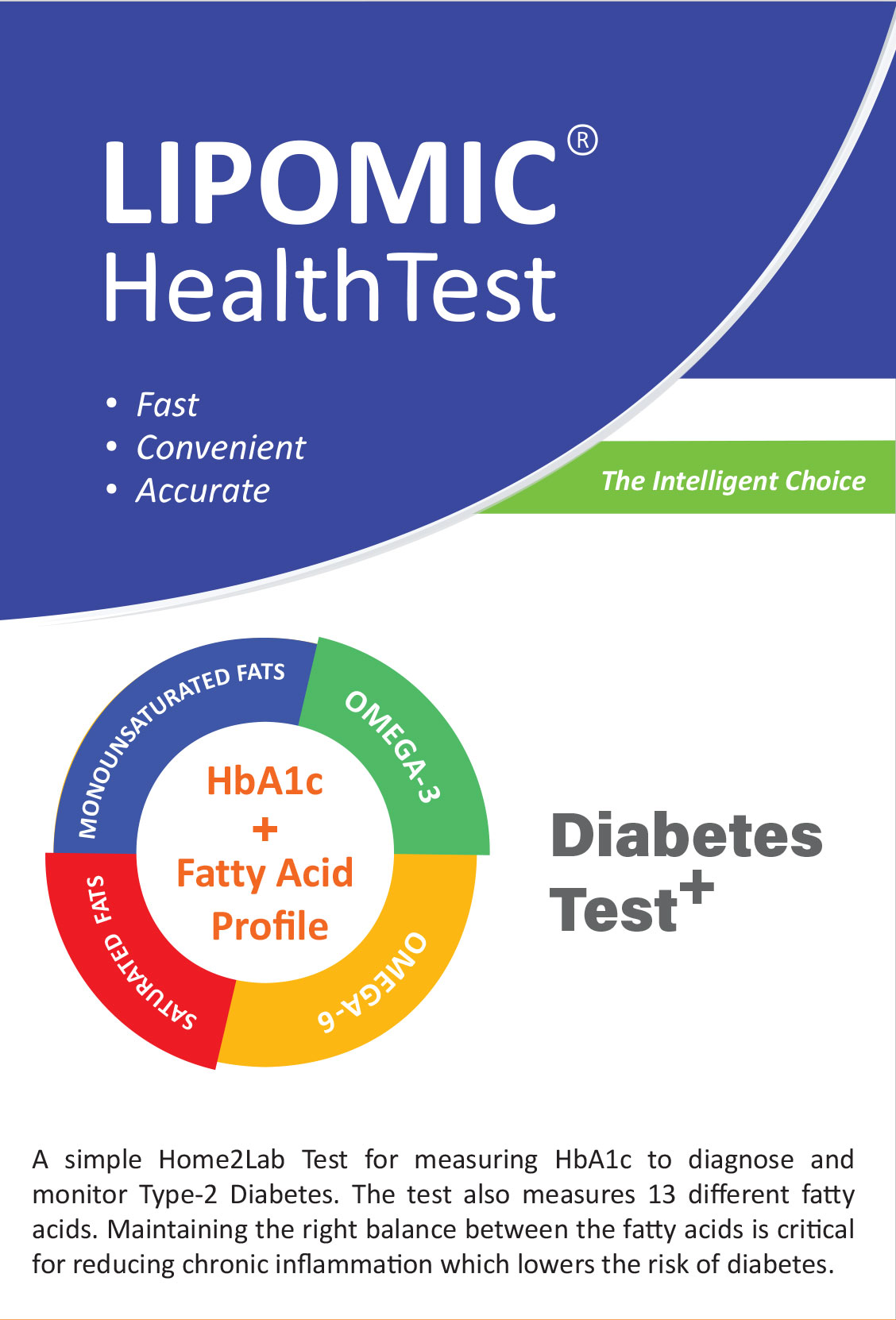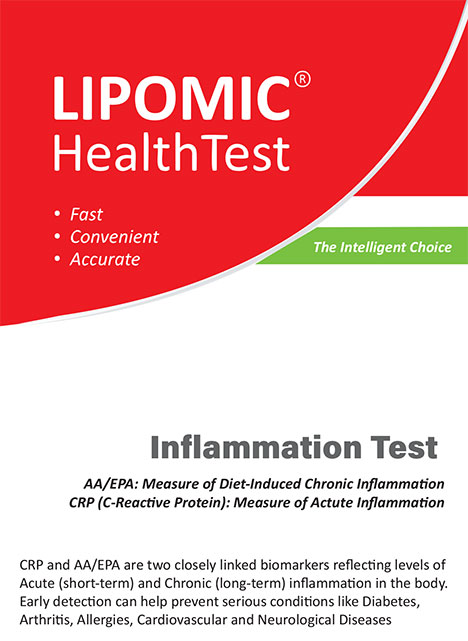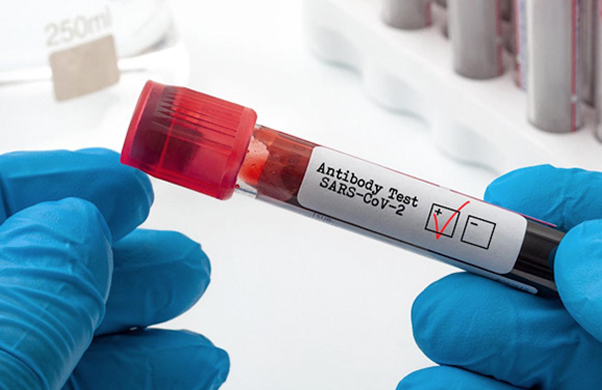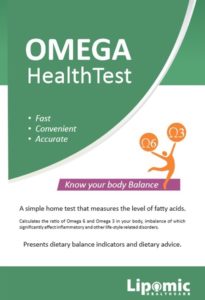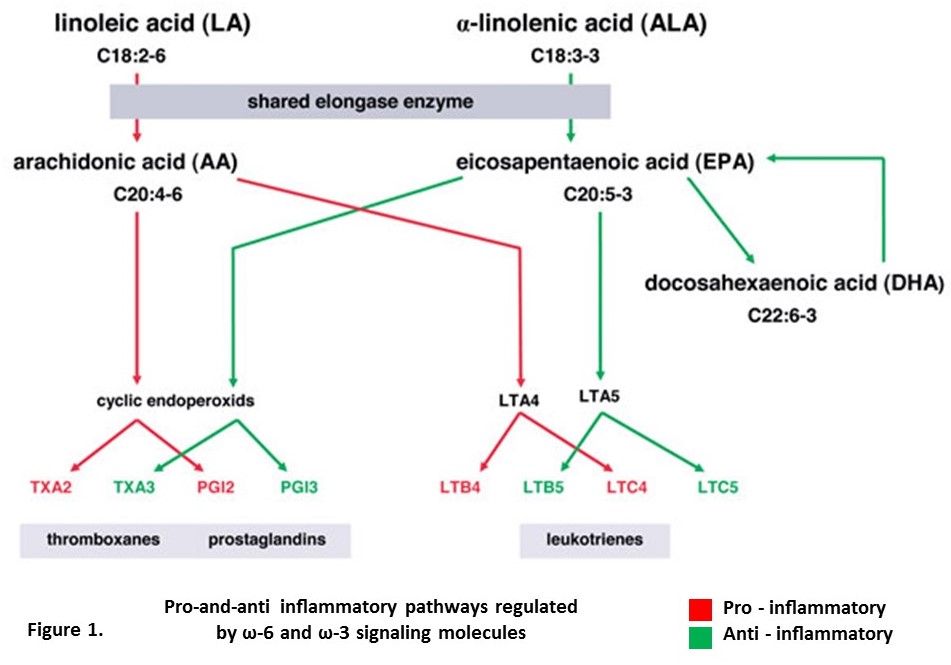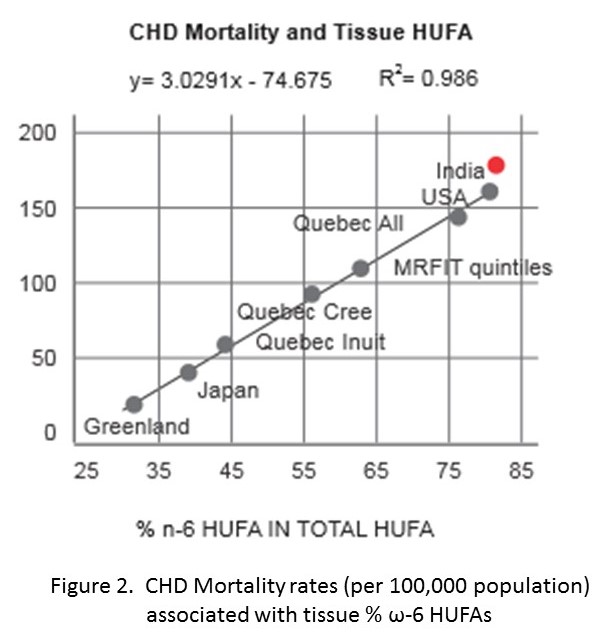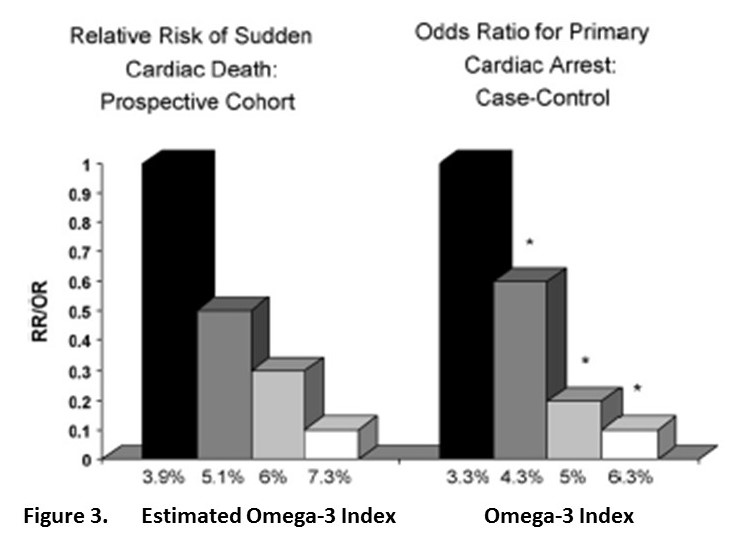The Omega HealthTest
To Know your body Balance
Fast – Convenient – Accurate
-
A simple home test that measures the level of fay acids.
-
Calculates the ratio of Omega-6 to Omega-3 in your body, imbalance of which significantly affect inflammatory and other life-style related disorders.
-
Presents dietary balance indicators and dietary advice.
Omega-3 (ω-3) and Omega-6 (ω-6) are two types of polyunsaturated fatty acids (FAs). They are both required for the body to function, but have opposite effects when it comes to inflammatory response and cardiovascular health. An imbalance between the two is considered to be a major concern for many diseases in modern society.
Long-chain ω-3 fatty acids (EPA and DHA) provide many health benefits with regard to their cardiovascular disease prevention properties and anti-inflammatory effects. DHA is also directly involved in visual and neuronal cell development.
Adequate amounts of ω-6 fatty acids are also beneficial to human health since many bioactive signaling molecules, especially the ones involved in immune response and cardiomyocyte (muscle cells) contraction, are derived from them.
However, ω-6 fatty acids tend to be over-supplied while ω-3 fatty acids are under-supplied in modern urban diets. This overwhelming intake of ω-6 leads to hyperimmune responses and interferes with the proper function of ω-3 fatty acids, causing detrimental effects associated with chronic cardiovascular diseases and inflammatory responses.
Lipomic Healthcare Laboratory (ISO-17025 accredited) is the first in India to introduce a simple over-the-counter test, the Omega HealthTest, a dried blood spot based test for measuring the fatty acid profile including the essential ω-6 and ω-3 FAs.
Rationale
Eicosanoids are signaling molecules derived from either ω-3 or ω-6 FAs. In general, ω-6 eicosanoids are pro-inflammatory, while the ω-3 eicosanoids are anti-inflammatory. Moreover, ω-3 and ω-6 FAs also compete to be incorporated into cell membranes, directly affecting the function of the membrane. Many of the chronic conditions like CVD, cancer, diabetes, obesity, rheumatoid arthritis, allergies, and asthma are associated with increased production of thromboxanes, prostaglandins, and leukotrienes derived from ω-6. Figure 1 shows the downstream affects on signaling molecules of pro- and anti-inflammatory dietary ω-3 (α-Linolenic Acid – C18:3) and ω-6 (Linoleic acid – C18:2) FAs, respectively.
Cardiovascular disease (CVD) and coronary heart disease (CHD) are chronic disorders associated with progressive accumulation of inflammatory plaques in coronary and cerebral arteries, which provoke ischemic thrombosis, cardiac arrhythmia and death. The proportion of ω-6 highly unsaturated FAs (HUFA), Dihomo-γ-Linoleic Acid (C20:3) and Arachidonic acid (C20:4), in total HUFAs are for many diverse groups world-wide associated with the CHD death rates per 100,000 population, Figure 21. Figure 2 also shows the high levels of % ω-6 HUFAs and the accompanying high levels of CHD mortality in the Indian population.
Based on evidence from studies on the evolutionary aspects of diet; modern day-, hunter-, gatherers and traditional diets, it is postulated that the genetic makeup of human beings is adapted to a diet in which the ratio of ω-6 to ω- 3 was about 1:1. In today’s Western diets the ratio is 15:1 to 17:1, while in urban Indian diets this ratio is 37:1 (range 6:1 – 184:1)2. The opposing effects of ω-3 and ω-6 fatty acids lead to the recommendation of the optimal ω-6 to ω-3 ratio to be less than 3:13.
Recent research has shown this ratio to be achievable when the long chain % ω-3 (EPA+DHA) are greater than 8 % of the total fatty acid content in the erythrocytes, measurement of which is called the Omega-3 Index4. Figure 3 shows that the Omega-3 Index is strongly related to the relative risk of cardiac arrest- and death.
Therefore, reducing the ω-6 to ω-3 ratio towards 3:1 by including in diet, on a daily basis, sufficient healthy ω-3 oil or ω-3 soft gels as a dietary supplement, may help promote optimal health. The only way to know your ω-6 to ω-3 ratio is to measure it, using the Omega HealthTest.
Literature
- Lands, B.,- Measuring Blood Fatty Acids as a Surrogate Implicator for Coronary Heart Disease in Population Studies, In Simopoulos AP, De Meester F (Eds.), A Balanced Omega-6/ Omega-3 Fatty Acid Ratio, Cholesterol and Coronary Heart Disease. World Rev Nutr Diet. Basel, Karger, 2009, vol 100, pp 22–34
- Harris, W. et al., – Omega-3 Fatty Acids and Cardiovascular Disease: A Case Study for Omega-3 Index as a New Risk Factor, Pharmacological Research, 2007, 217-223
- Simopoulos, A., – Evolutionary aspects of Omega-3 fatty acids in food supply. Prostaglandins, Leukotrienes and Fatty Acids, 1999, 60(5&6), 421-429
- Gupta, R. et al., – Serum Omega-6/Omega-3 Ratio and Risk Markers for Cardiovascular Disease in an Industrial Delhi Population, Food and Nutrition Sciences, 2013, 4, 94-97

